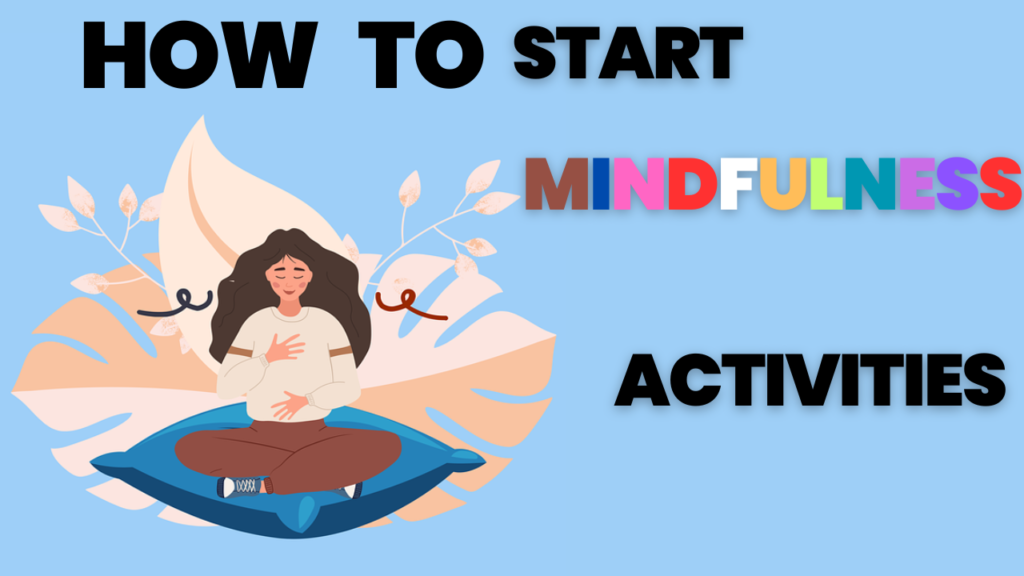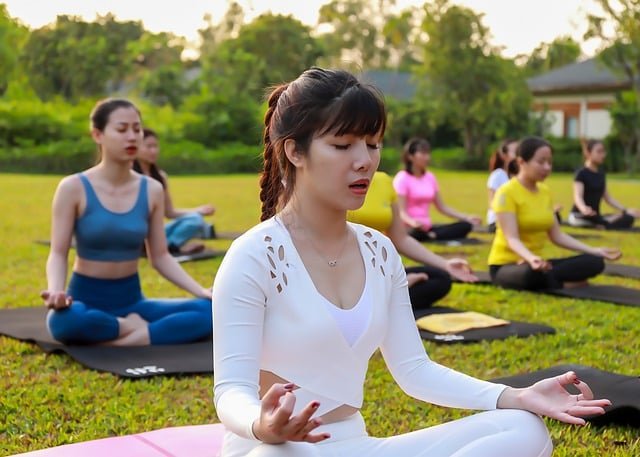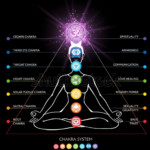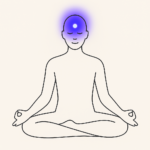Pause, Breathe, Be: Embrace the Magic of Mindfulness
In the rush of life, we often forget,
To live in moments, not in regret.
A breath, a pause, a mindful thought,
Is all we need, but often not sought.

“To still the mind is to find the soul.”
Have you ever wondered why, in a world that never stops moving, we rarely take a moment to just be? We rush through our days, juggling tasks, and yet by the end of it, we’re left drained, feeling like we’ve missed something important. What if the key to reclaiming that missing piece is simply to slow down, observe, and breathe?
Welcome to Mindfulness, a practice that’s been gaining popularity across all age groups—from teens dealing with academic pressure to professionals battling deadlines, and even seniors seeking peace in their golden years. Mindfulness is for everyone. So, whether you’re a curious beginner or someone looking to infuse a little more peace into your hectic schedule, this guide is for you.
“As You Breathe, So You Live”: The Essence of Mindfulness
What is mindfulness, you ask? Simply put, it’s about being present—like really present. You’re not daydreaming about the vacation you didn’t take, or fretting over an awkward moment you had last week. Instead, mindfulness is that rare and precious act of fully living in the moment.
Imagine eating your favorite chocolate cake but, instead of mindlessly gobbling it down, you savor every bite, letting the flavors dance on your tongue. Sounds delicious, right? Now, apply that to life.
“Where Attention Goes, Energy Flows”: Key Concepts of Mindfulness

1. The Power of Now
Ever noticed how your mind tends to be everywhere but here? One moment, you’re planning tomorrow’s to-do list, and the next, you’re replaying a conversation from last week. Mindfulness teaches us to reel in our wandering thoughts and focus on the now—because, let’s be honest, the present is all we’ve really got.
2. Non-Attachment
Here’s where things get tricky, but also liberating. Mindfulness encourages non-attachment to thoughts and feelings. That doesn’t mean ignoring them, but rather observing them like clouds passing in the sky. Let’s say you spill your coffee first thing in the morning (classic Monday, right?). Instead of letting it ruin your day, acknowledge the frustration and move on. Spilled coffee doesn’t have to equal a ruined day.
3. Beginner’s Mind
Approach each experience as if it’s brand new, like a child seeing snow for the first time. Even if you’ve done something a thousand times—whether it’s driving to work or doing laundry—approach it with curiosity. This helps break the monotony and can lead to surprising insights. Plus, who knows? Maybe folding socks can be zen!
“The Journey of a Thousand Miles Begins with a Single Step”: Practical Tips to Start Mindfulness
Getting started with mindfulness isn’t about meditating for hours or sitting cross-legged on a mountain top (though that sounds cool too). It’s about taking small, intentional steps toward a more mindful life.
1. Mindful Morning Routine
Ever wake up and immediately grab your phone? (Yep, guilty as charged.) Instead, start your day with a few mindful breaths. Sit up in bed, take three deep breaths, and be for a moment. It’s like hitting the reset button before the chaos begins.
2. Mindful Tech Breaks
We live in a world of constant notifications—emails, texts, social media. Challenge yourself to take mindful tech breaks. Every hour, step away from your screen, stretch, and focus on your breath for 60 seconds. It’s like a mini-vacation for your brain.
3. The 5-4-3-2-1 Grounding Technique
Feeling overwhelmed? Here’s a fun trick: Look around and mentally list five things you can see, four you can touch, three you can hear, two you can smell, and one you can taste. It’s a quick way to bring yourself back to the present moment and shake off any stress.
Humor break: And hey, if you’re stuck in a meeting, you can secretly try this technique—just don’t start sniffing things. That might get weird.
“Silence Speaks When Words Can’t”: Research-Backed Benefits of Mindfulness
Mindfulness isn’t just some trendy buzzword—it’s backed by science. Researchers from Harvard found that practicing mindfulness can actually rewire your brain. Yes, you read that right!
In one study, participants who practiced mindfulness for just eight weeks saw a reduction in the brain’s “fight-or-flight” center, the amygdala. This means less stress, less anxiety, and a whole lot more peace. In fact, mindfulness has been shown to improve focus, boost memory, and even increase gray matter in the brain (gray matter is like brain gold, by the way).
“Change Begins with Awareness”: Start Your Mindfulness Journey Today
Now that you’re intrigued by the magic of mindfulness, how can you get started?
1. Apps to Get You Going
There are some great apps that can guide you through mindfulness, like Headspace, Calm, or Insight Timer. Each one offers short meditations that fit into even the busiest of schedules. Think of them as your pocket-sized meditation guru.
2. Find a Local Class or Retreat
Want to take your practice to the next level? Look for mindfulness workshops or retreats near you.
Many community centers and yoga studios offer beginner-friendly classes. And for those who want a deeper experience, retreats (both in India and abroad) offer an immersive environment to truly connect with mindfulness.
3. The 5-Minute Rule
Start small. Dedicate just five minutes a day to mindful breathing, walking, or even mindful eating. Once it becomes part of your routine, you can gradually increase the time. Rome wasn’t built in a day, and neither is mindfulness.
“In the Middle of Chaos, Find Your Calm”: Final Thoughts
Mindfulness is more than just a practice—it’s a way of life. It’s about showing up fully in your own life, embracing each moment with open-hearted awareness, and finding calm even in the midst of chaos.
So, ask yourself: What’s one thing you can do today to be more mindful? Whether it’s slowing down your morning coffee routine or pausing to breathe before a big meeting, mindfulness is the key to unlocking a more peaceful, fulfilled life.
Remember, the journey to mindfulness begins with just one breath.






